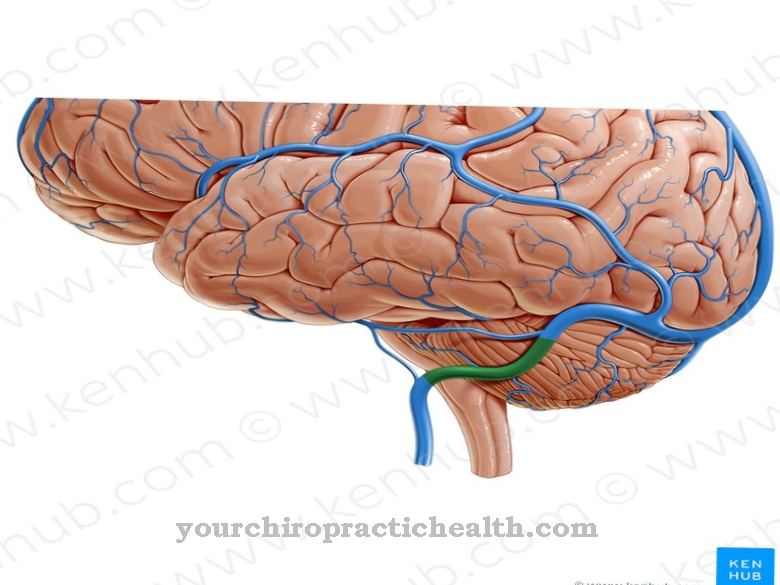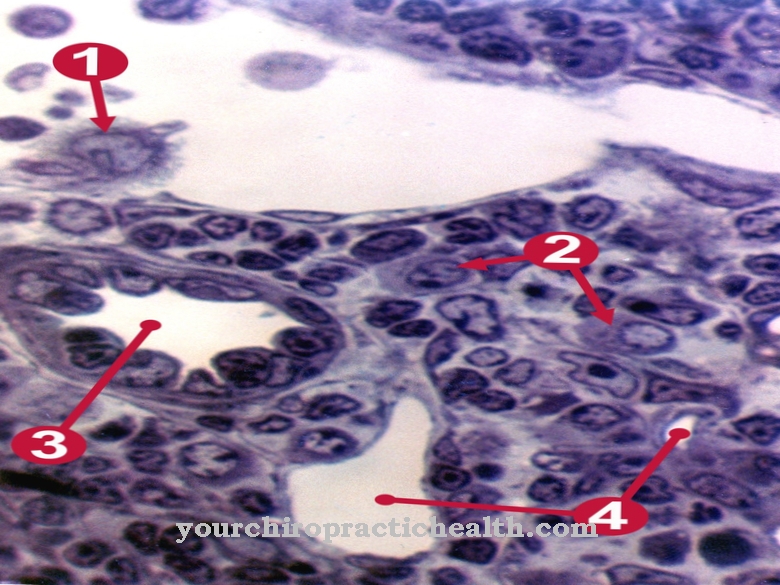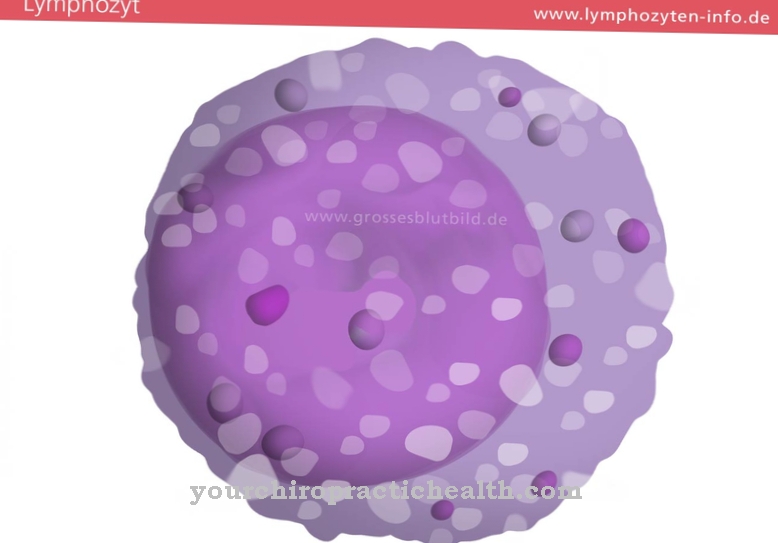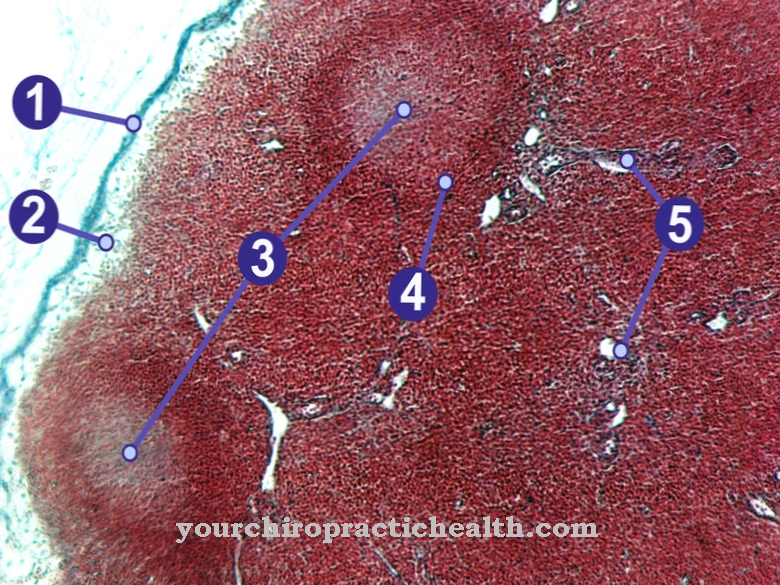Skeletal muscles are particularly important for the human body because they allow it to move freely.
They are responsible for movements that the body carries out voluntarily and actively, for example moving the arms and legs. They also belong to the striated muscles, as they have fine horizontal stripes, which results in a periodic, repeating pattern. Of the Lateral rectus capitis muscle belongs to the striated muscles.
What is the lateral rectus capitis muscle?
The term musculus rectus capitis lateralis is Latin and stands for "lateral straight head muscle".
This muscle is small, short and flat, located on the side of the first head joint in the deep neck. It belongs to the secondary back muscles, but not to the autochthonous back muscles ("local back muscles"), as it is intervened by the anterior ramus; however, the lateral rectus capitis muscle also belongs to the neck muscles. The origin of the rectus capitis lateralis muscle lies in the so-called transverse process (processus transversus) of the first cervical vertebra. Transverse processes are paired bone tissue of a vertebra.
Anatomy & structure
The rectus capitis lateralis muscle belongs to the striated muscles and is therefore lined with a covering of connective tissue (fascia), which also encloses some meat fibers.
Each of these meat fibers can be divided into several fiber bundles, which are also called primary bundles: These are positioned in such a way that they can move around each other, so the muscle is flexible and adaptable. The primary bundle consists of twelve muscle fibers, which are connected by connective tissue and thin, fine blood vessels.
The “lateral straight head muscle” becomes active by tensing up, thus contracting and shortening itself. It is then relaxed again and the muscle is lengthened (relaxation). Muscle shortening is triggered by the brain or spinal cord sending electrical impulses through the nerves.
A transversely ripened muscle is also called a syncytium. This is a cell made up of myoblasts and therefore contains nuclei. The syncytium is incapable of dividing, which is why when muscle fibers are lost, no new ones grow back and neighboring fibers only thicken. On the neck, the lateral rectus capitis muscle attaches to the jugular process, a bony process of the occiptal bone (occiput), which forms the rearmost part of the roof of the skull.
Function & tasks
The rectus capitis lateralis muscle has the task of assisting in moving the head, especially with lateral movements. When the head tilts to one side, the small muscle shortens on one side and a contraction occurs.
With a contraction on both sides there is a slight dorsiflexion of the head: the short muscle allows the head to bend forward dorsally, i.e. to the back. When the head moves forward, the lateral rectus capitis muscle extends (extension). As a part of the secondary back and neck muscles, the rectus capitis lateralis muscle assists in moving the spine, especially in extension.
Innervation is the supply of an organ, connective tissue or a body with nerve tissue (for example nerve fibers and cells). The innervation controls processes and reactions in the body through the perception of stimuli and arousal.
The lateral rectus capitis muscle is also innervated by special nerve tissue, the anterior rami of the spinal nerves, which arise in pairs from the spinal cord. They belong to the peripheral nervous system, the nervous system that does not originate from the brain or the spinal cord and is located outside of the spinal canal or the skull. The anterior rami arise from spinal cord segments C1 and C2, these are the first two sections of the spinal cord. The C1 and C2 provide innervation in the lateral rectus capitis muscle and this muscle receives the necessary nerve tissue.
Diseases
As part of the neck muscles, various complaints and diseases can occur in the lateral rectus capitis muscle, such as neck tension, especially triggered by the small muscle.
The biggest cause of neck tension today is bad posture and strain in everyday life. Constant work in the office can lead to a muscular imbalance and manifest itself in the form of neck tension. Repetitive Strain Injury Syndrome involves regular stress on the neck from repetitive movements, which can put even more stress on the lateral rectus capitis muscle and trigger tension in the entire body.
Back headaches can also be caused by neck tension, which can be triggered by the lateral rectus capitis muscle. The causes of back headache can vary widely, but neck tension is likely.
No medication is required for tension, only warmth and relaxation help, so that the muscles can loosen up again and the tense position of the muscles subsides. Cold and heat treatment can also prove to be helpful, as the lateral rectus capitis muscle can come out of its shortened position and the tension can decrease.

























.jpg)

.jpg)
